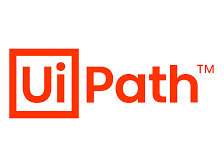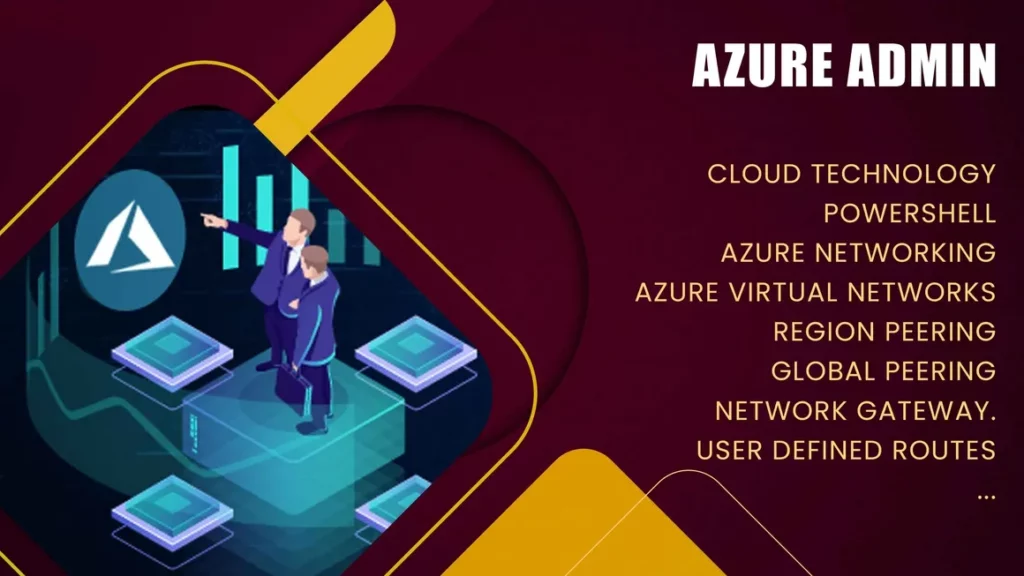RPA ARCHITECTURE
Then, in this article, we’ll define Robotic Process Automation (RPA) and look at its architectural design. This blog post will go over the specifics of what makes a framework an RPA, as well as the architecture on which such technology could be built. Without further ado, let us get started. In this section, we will learn more about RPA, RPA architecture, and its architectural components in depth.
What is RPA
RPA is a piece of software that allows anyone to create their own software programmes or automatons for imitating and incorporating human behaviour and communicating with electronic systems in order to carry out business operations.
RPA robots must use operating systems in the same way that humans do to capture data and deceive implementations. They perceive, interact, and trigger reactions with other technologies in order to perform a wide range of repetitive tasks. RPA robots have never slept, make no errors, and are less expensive than employees.
One of the most important challenges that businesses must face is emphasising the importance of the toolset that will be used in RPA implementation. The issues taken into account will also ensure that you have a greater understanding of your RPA tool and its architecture. To obtain a greater understanding of the RPA tool and its architecture, we must first identify the following key components that comprise a single RPA platform:
Become a RPA Certified professional by learning in V Cube SOFT SOLUTIONS
RPA Architecture:
The most important consideration is RPA architecture. However, for the time being, the architecture of the specific product is the most important aspect that must be thoroughly understood. This also helps to understand the implications of when it should not be used.
Usability
Usability has traditionally become the most effective method of improving decision-making, but for test automation, functionality improves even more because there are fewer stepping stones for setup issues. It improves the overall configuration and management procedure if it is easier for others to recognise. More accessible interfaces can improve usability, ease of implementation, and customer adoption.
Integration:
An excellent RPA tool can incorporate a wide range of other technologies that may be used in an organization’s business operations. As their support systems improve, they achieve greater and more robust technology.
Exception Handling:
An intelligent RPA tool has been designed to effectively manage situations or scenarios, as well as to refer to experts in the field when a decision or manual action is required. This implies that error management must be simplified through automation, and that errors must be addressed immediately. If this is not possible, its RPA solution would be scrutinised for flaws in such scenarios. With secure exception handling, the orchestration of automated processes in the workplace can run smoothly and efficiently.
Security:
RPA solutions can access information whenever an RPA solution is deployed in a company. However, as part of this, the security protocols and indicators that are essential to a technology toolkit should not be overlooked. Based on the market, there may be various ways to handle such contexts, but selecting the right solution throughout your case is an important part of this activity.
Configuration features:
At all times, each RPA application has a functionality designed specifically to speed up the process of creating setup editing. This ensures that automation is deployed effectively and significantly contributes to the development of the necessary core competencies. As a result, every RPA tool includes a set of useful support features that are specifically designed to address such configuration organisational challenges.
Deployment features:
Deployment takes place only after all of the setup and testing rules have been followed. It includes features like the ability to distribute updates across multiple machines, manage environment-specific factors, and provide access controls for live environment installations. Some businesses require specific deployment scenarios, which necessitate the use of a robust deployment toolkit.
Vendor support and documentation: The stronger the vendor support for a specific RPA tool, the better the resources that aid in deployment. Because many key players already have a presence in the market, as do new budding enterprises looking to establish a presence in this industry, the maturity of support organisations varies greatly.
There is no such thing as a perfect RPA tool for every company’s process. As a result, the challenge of selecting the best RPA tool is frequently related to the regulations that you require and the features that these tools provide. If you find the closest match, users can proceed with the next set of formalities before actually completing the transaction.
CONCLUSION
In this article, we discussed what RPA is and how it works. We’ve gone a step further and discussed how we might approach implementing RPA. Broadening the discussion, we attempted to gain a better understanding of the various constituents required to obtain a good RPA.
This post, in my opinion, was completely obvious and can provide clear guidance of RPA while also instilling the much more important points about it. Please leave any questions or comments about this article in the comments section.


